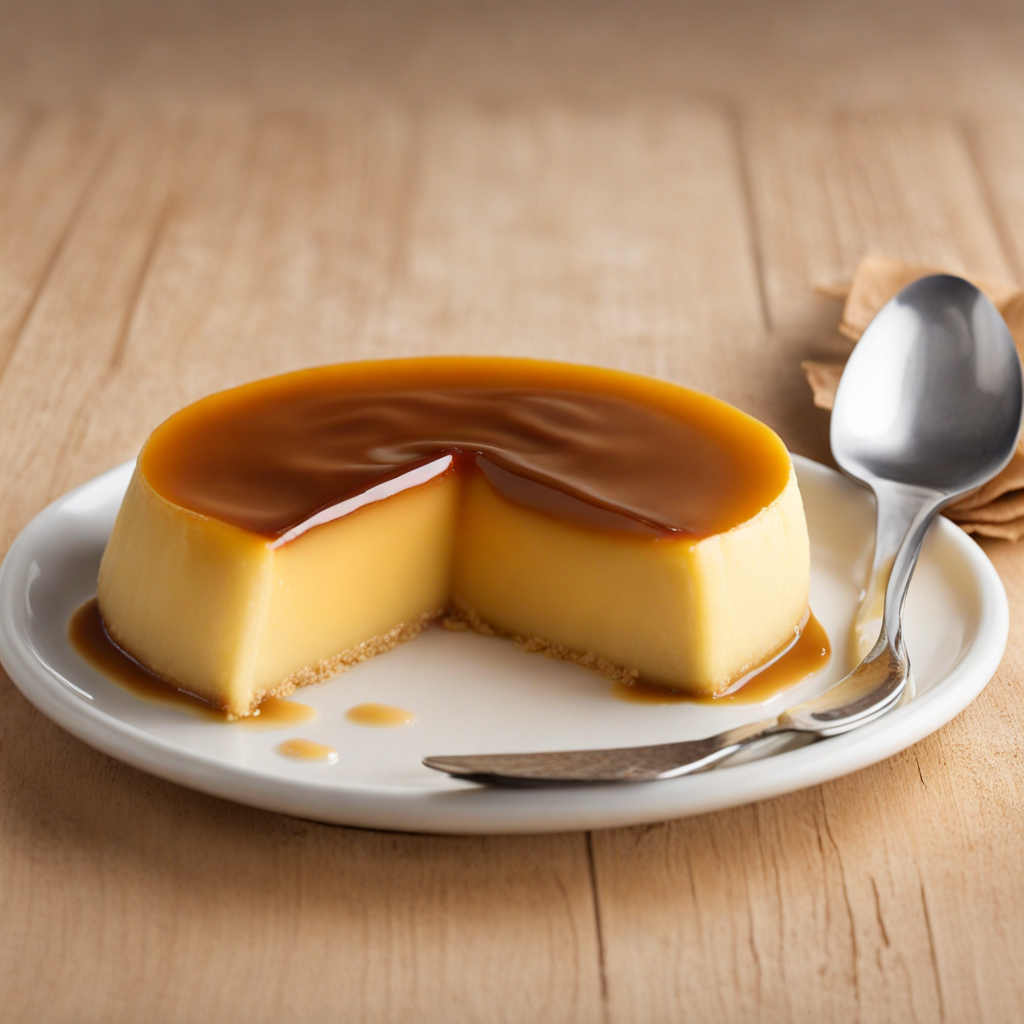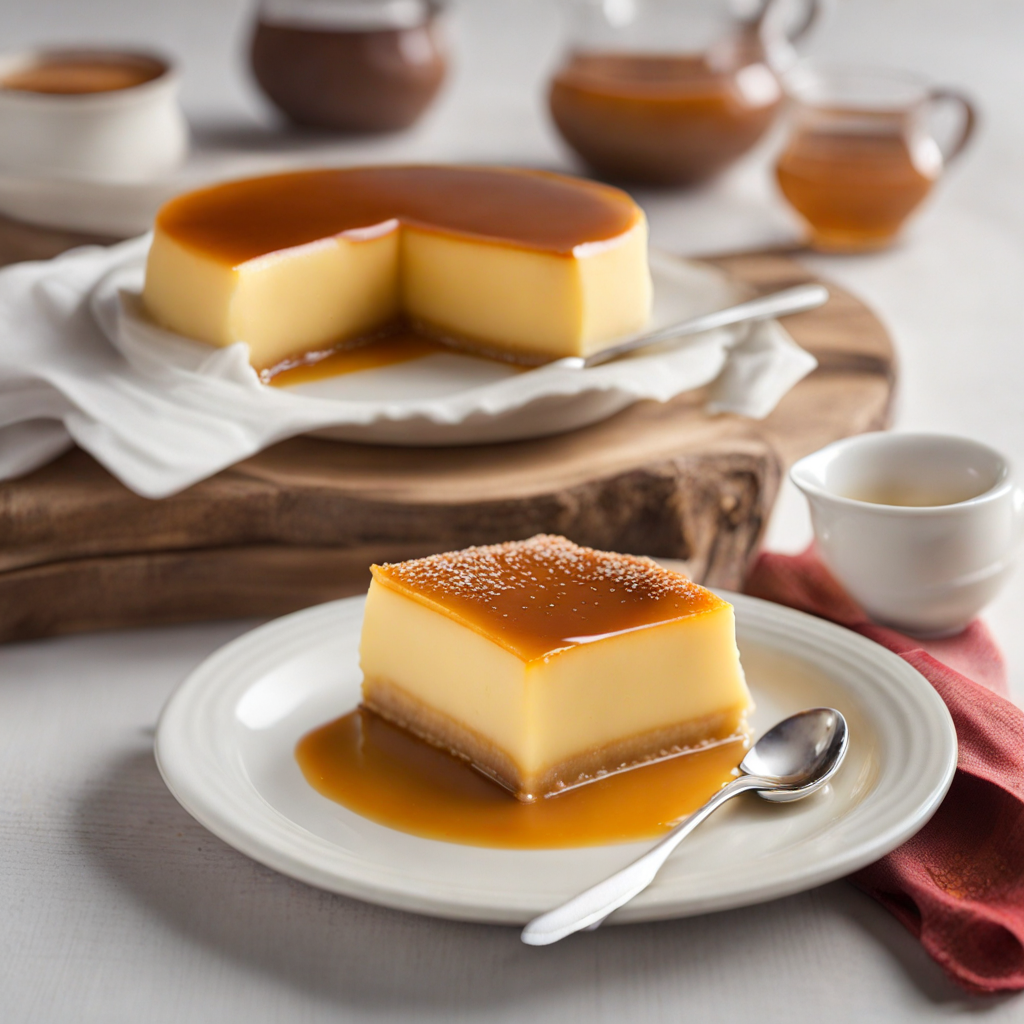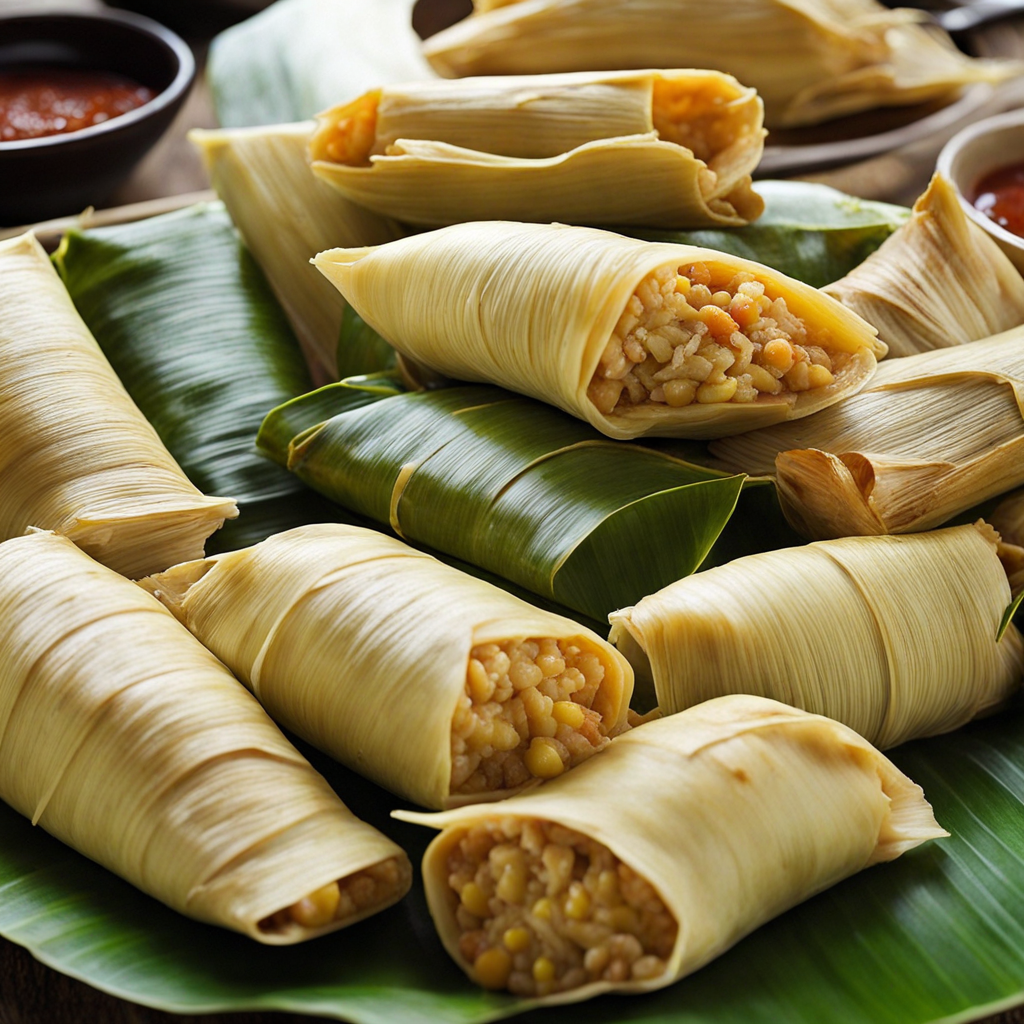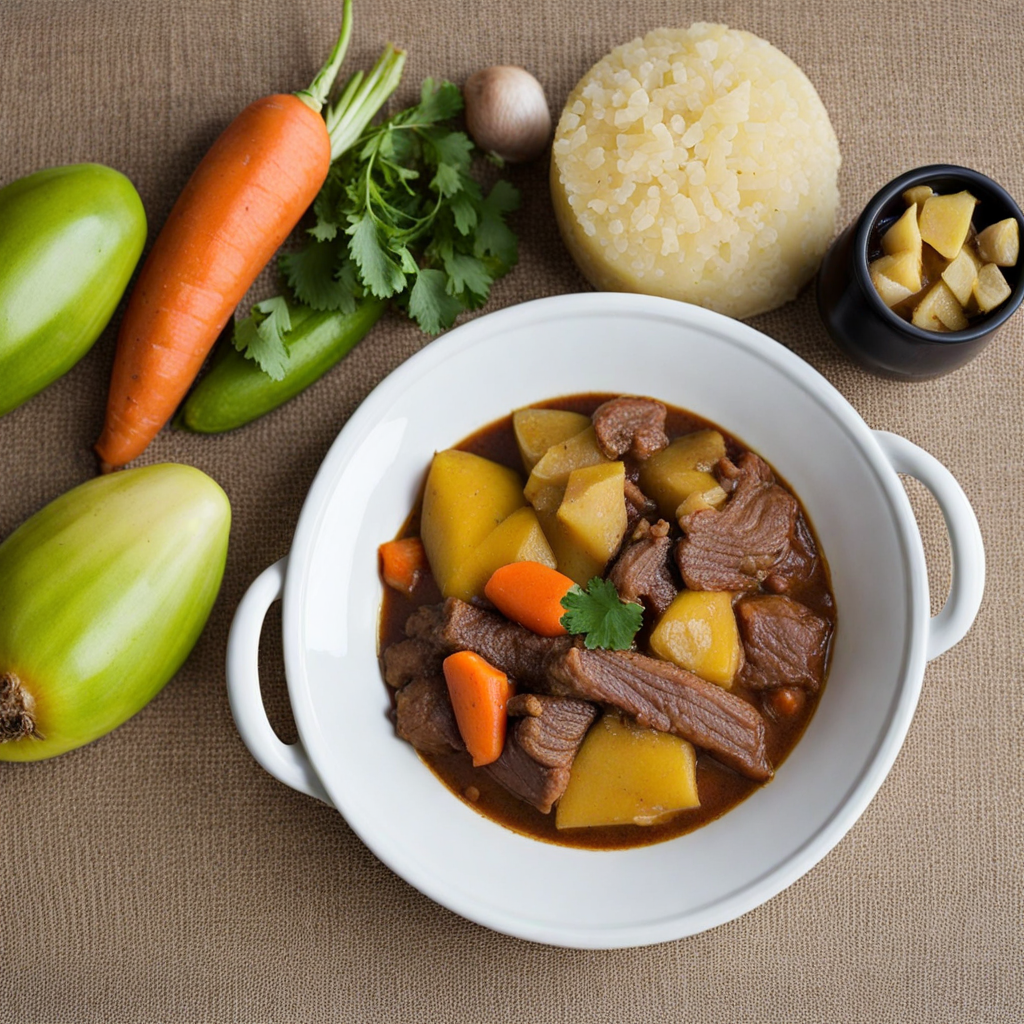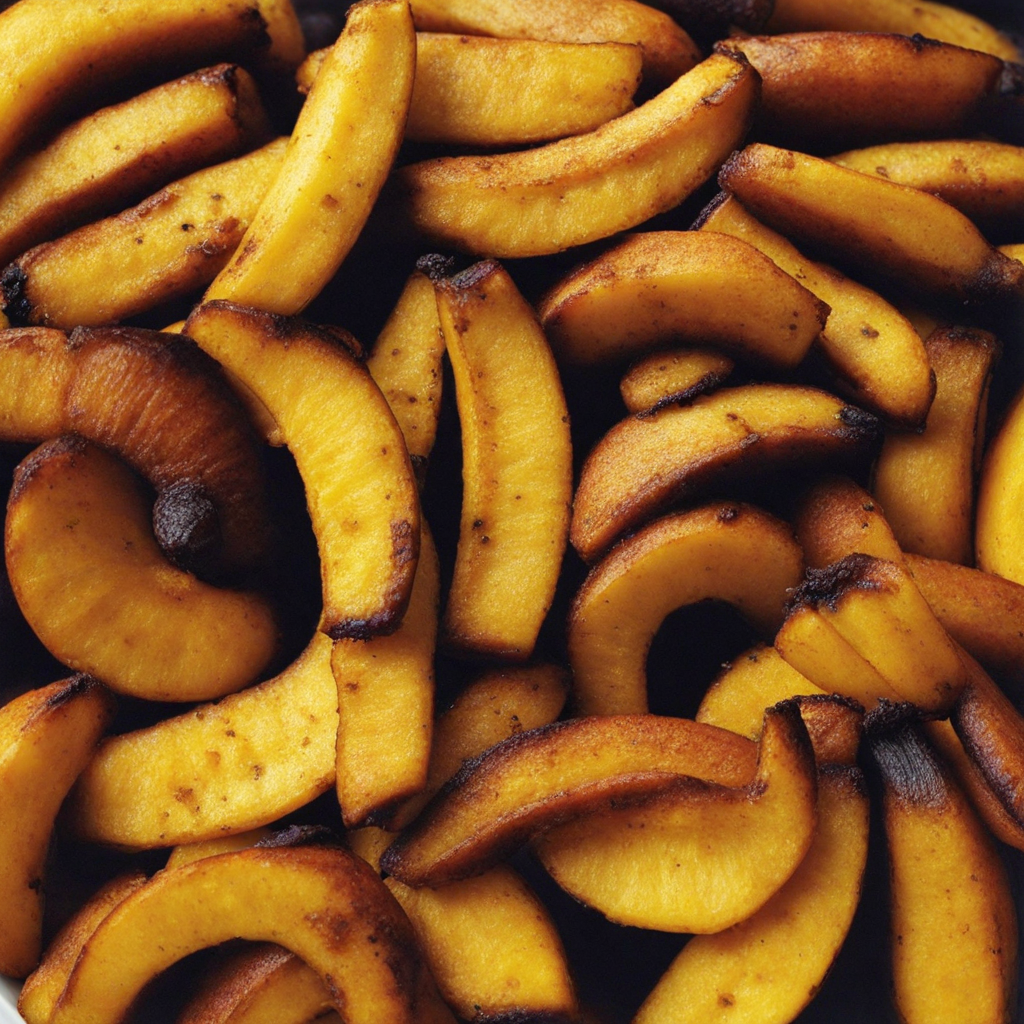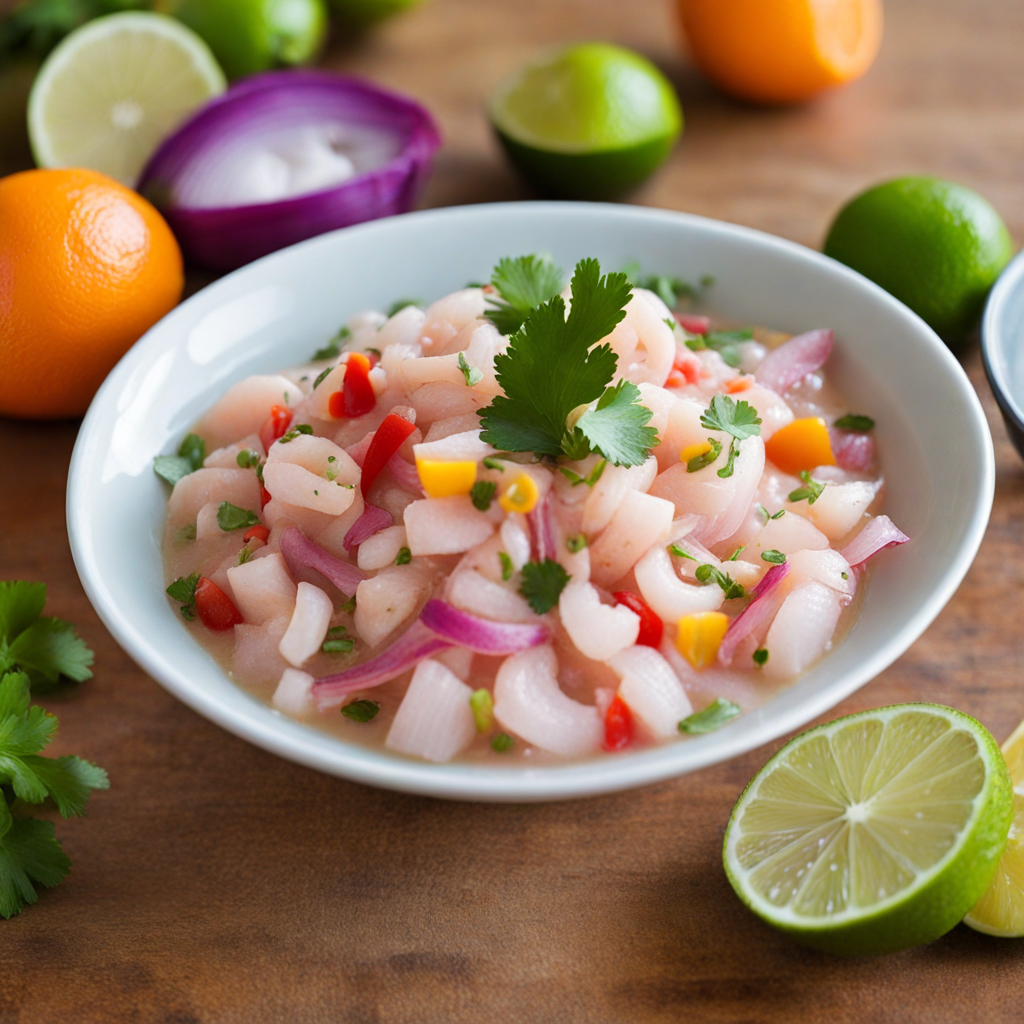Flan
Flan, a beloved dessert in Costa Rica, is a silky and luscious custard that embodies the perfect balance of sweetness and creaminess. This traditional treat is made primarily from eggs, sweetened condensed milk, evaporated milk, and sugar, creating a rich and smooth texture that glides effortlessly on the palate. The flan is typically baked in a water bath, which helps it achieve its signature velvety consistency while preventing it from overcooking. The end result is a delicate dessert that captivates the senses with its delightful mouthfeel and luxurious taste. One of the standout features of Costa Rican flan is its caramel topping, which is made by melting sugar until it transforms into a golden syrup. This caramel not only adds a beautiful glossy finish to the flan but also introduces a contrasting flavor that complements the creamy base. As you take your first bite, the sweetness of the caramel mingles with the rich custard, creating a harmonious blend that is both indulgent and satisfying. The presentation is often simple yet elegant, making it a wonderful centerpiece for any gathering or celebration. Flan is more than just a dessert; it's a comforting reminder of home for many Costa Ricans, often enjoyed during family gatherings and special occasions. Each bite tells a story of tradition and culinary heritage, making it a delightful adventure for anyone looking to explore the flavors of Costa Rica. Whether served chilled or at room temperature, flan is a versatile dessert that can be enjoyed by all, inviting you to savor the sweet taste of Costa Rican culture.
How It Became This Dish
The Sweet Journey of Flan in Costa Rica: A Culinary Delight Flan, a beloved dessert that has captured the hearts and taste buds of many, is a delightful custard topped with a layer of caramel. While the dish is enjoyed in various forms across the world, the Costa Rican version is unique, reflecting the nation's rich culinary heritage and cultural influences. #### Origins: A Global Journey The origins of flan can be traced back to ancient Rome, where a similar dish made of eggs and milk was created, seasoned with honey. This early version was more akin to a savory dish than the sweet custard we know today. As the Roman Empire expanded, so did the concept of custards, which spread throughout Europe. The term "flan" is derived from the Old French word "flan," which itself comes from the Latin "fladonem," meaning "cake" or "flat cake." By the Middle Ages, flan had evolved into a dish that was both sweet and savory, with the sweet varieties gaining popularity among the nobility. Spain played a pivotal role in the evolution of flan, particularly during the reign of the Moors, who introduced new ingredients like sugar, spices, and orange blossom water. The Spanish version of flan, known as "flan de huevo," became a staple in Spanish cuisine and was soon brought to the Americas by explorers and colonizers. #### Flan in Latin America As flan made its way to Latin America, it adapted to local ingredients and tastes. In countries like Mexico, the flan became a cherished dessert, often flavored with vanilla and cinnamon. Similarly, in the Caribbean and South America, variations emerged, incorporating local fruits and spices. The dessert became a symbol of celebration and family gatherings, often served at birthdays, weddings, and holidays. In Costa Rica, flan took on its own identity, influenced by its agricultural bounty and the cultural melting pot of the region. The country's rich soil and favorable climate allowed for the cultivation of diverse ingredients, such as fresh eggs, dairy, and sugarcane. These local products were combined to create a unique Costa Rican flan that reflects the nation's agricultural heritage and emphasizes simplicity and flavor. #### Cultural Significance in Costa Rica Flan holds a special place in Costa Rican culture, often associated with family, tradition, and celebration. It is a common dessert served during holidays and special occasions, such as Christmas or "Día de los Muertos" (Day of the Dead). The preparation of flan is often a communal activity, bringing families together in the kitchen, allowing for the sharing of stories and traditions passed down through generations. Moreover, flan is often seen as a symbol of warmth and hospitality. In Costa Rican culture, it is customary to offer guests a slice of flan, accompanied by a warm cup of coffee or a refreshing glass of agua dulce (a sweet drink made from sugarcane). This gesture is emblematic of the Costa Rican concept of "pura vida," which translates to "pure life" and reflects a laid-back, friendly approach to life and community. #### Development Over Time Over the years, the Costa Rican flan has evolved, influenced by both local and global culinary trends. Traditional recipes have remained popular, but modern interpretations have emerged, incorporating various flavors and textures. For instance, some Costa Rican chefs have begun to experiment with adding tropical fruits like mango, coconut, or passion fruit to the custard, creating a refreshing twist on the classic dessert. Additionally, the rise of culinary tourism in Costa Rica has increased interest in traditional dishes like flan. Tourists seeking authentic experiences often participate in cooking classes where they learn to prepare flan from scratch, connecting with local chefs and understanding the cultural significance of the dish. This exchange not only preserves traditional recipes but also fosters a greater appreciation for Costa Rican cuisine on the global stage. In recent years, health-conscious trends have also influenced the way flan is made. Many Costa Ricans are exploring alternative ingredients, such as using coconut milk or plant-based sweeteners, to create vegan or healthier versions of flan. This adaptability speaks to the resilience of the dish, allowing it to remain relevant in contemporary culinary discussions while still honoring its rich history. #### The Flan Today Today, flan continues to be a beloved dessert in Costa Rica, found in homes, restaurants, and cafes across the country. Whether enjoyed in its classic form or as a modern reinterpretation, flan remains a testament to the rich culinary tapestry of Costa Rican culture. It embodies the spirit of community, tradition, and celebration, making it not just a dessert but a cherished part of Costa Rican identity. As culinary enthusiasts explore the world of Costa Rican cuisine, flan stands out as a symbol of the country's agricultural abundance and cultural heritage. Its journey from ancient Rome to modern-day Costa Rica illustrates the power of food to transcend borders, adapt to new environments, and create lasting connections among people. In conclusion, the story of flan in Costa Rica is one of evolution, cultural significance, and enduring appeal. It serves as a reminder of the importance of community, tradition, and the simple pleasures of sharing a meal with loved ones. As each slice of flan is served, it carries with it a rich history and a deep connection to the values that define Costa Rican life, inviting all who taste it to partake in its sweet legacy.
You may like
Discover local flavors from Costa Rica


